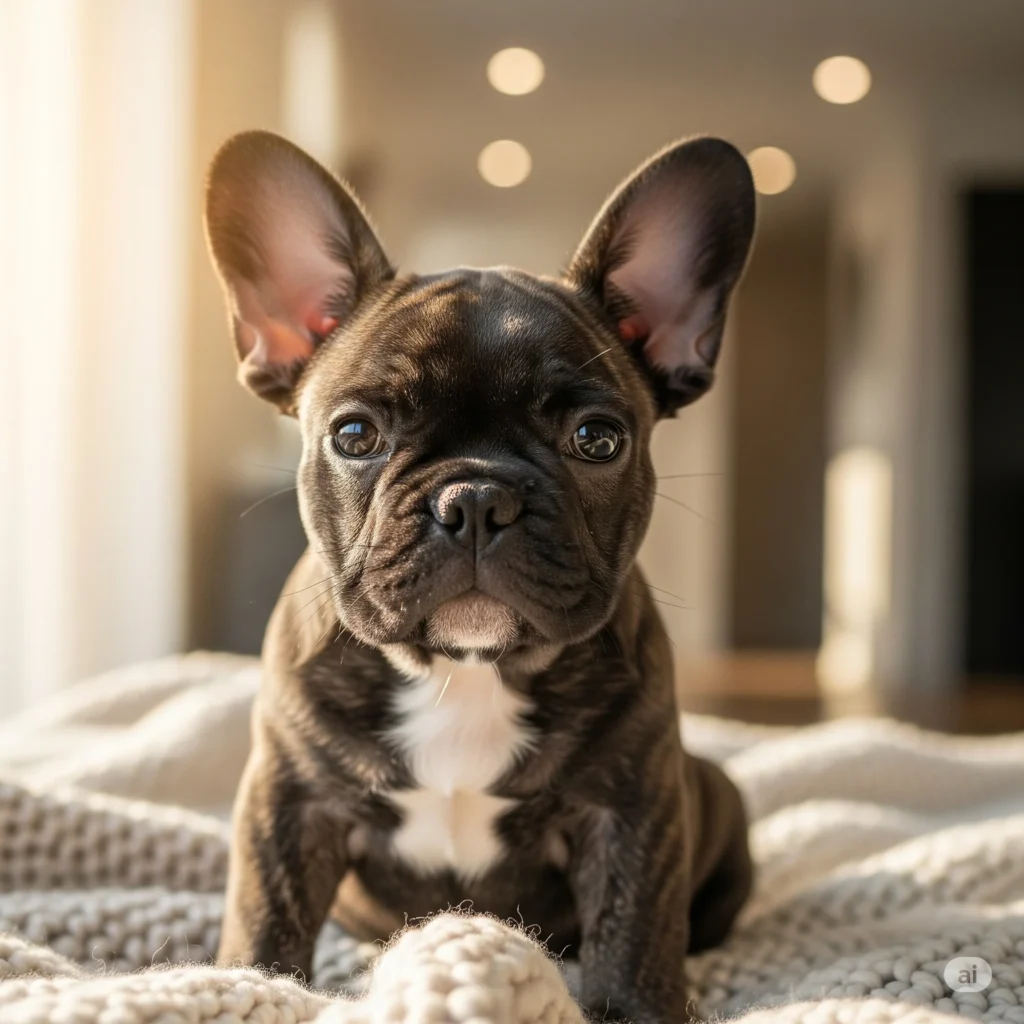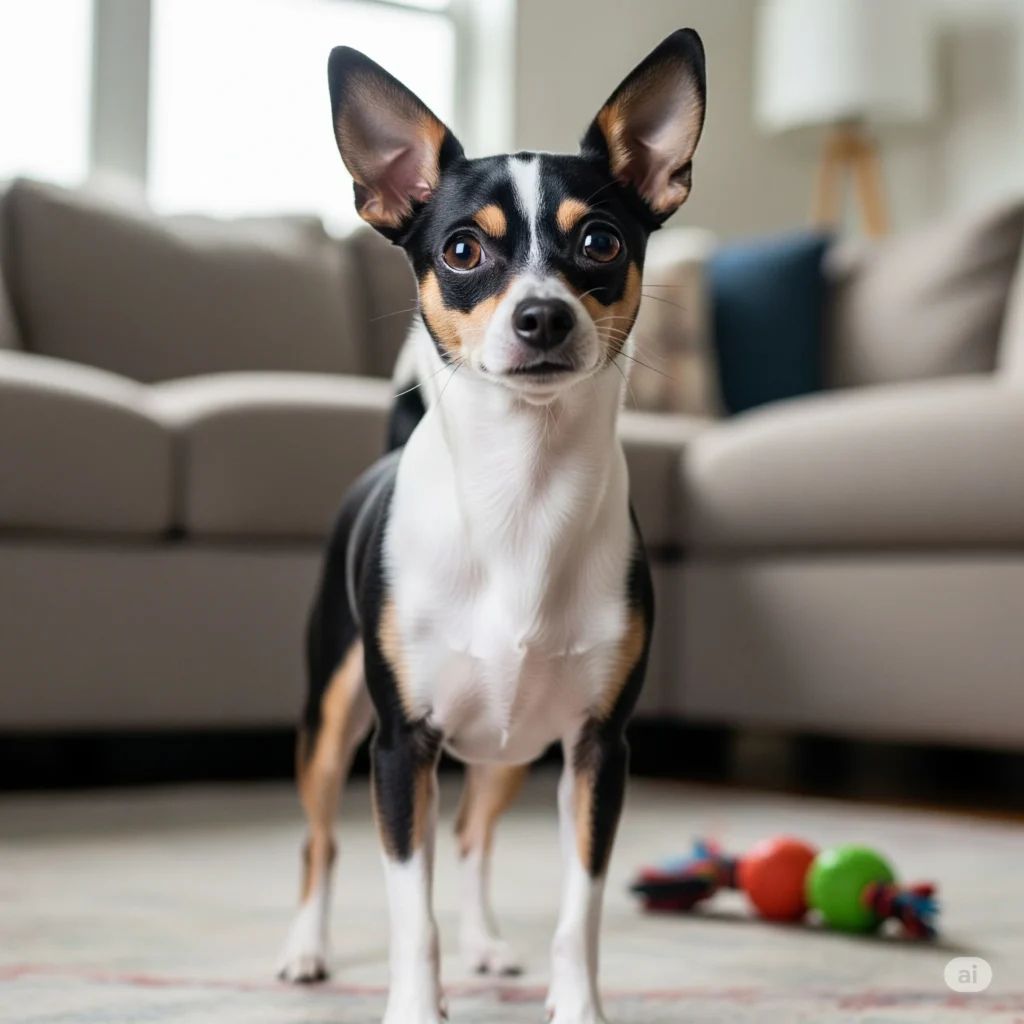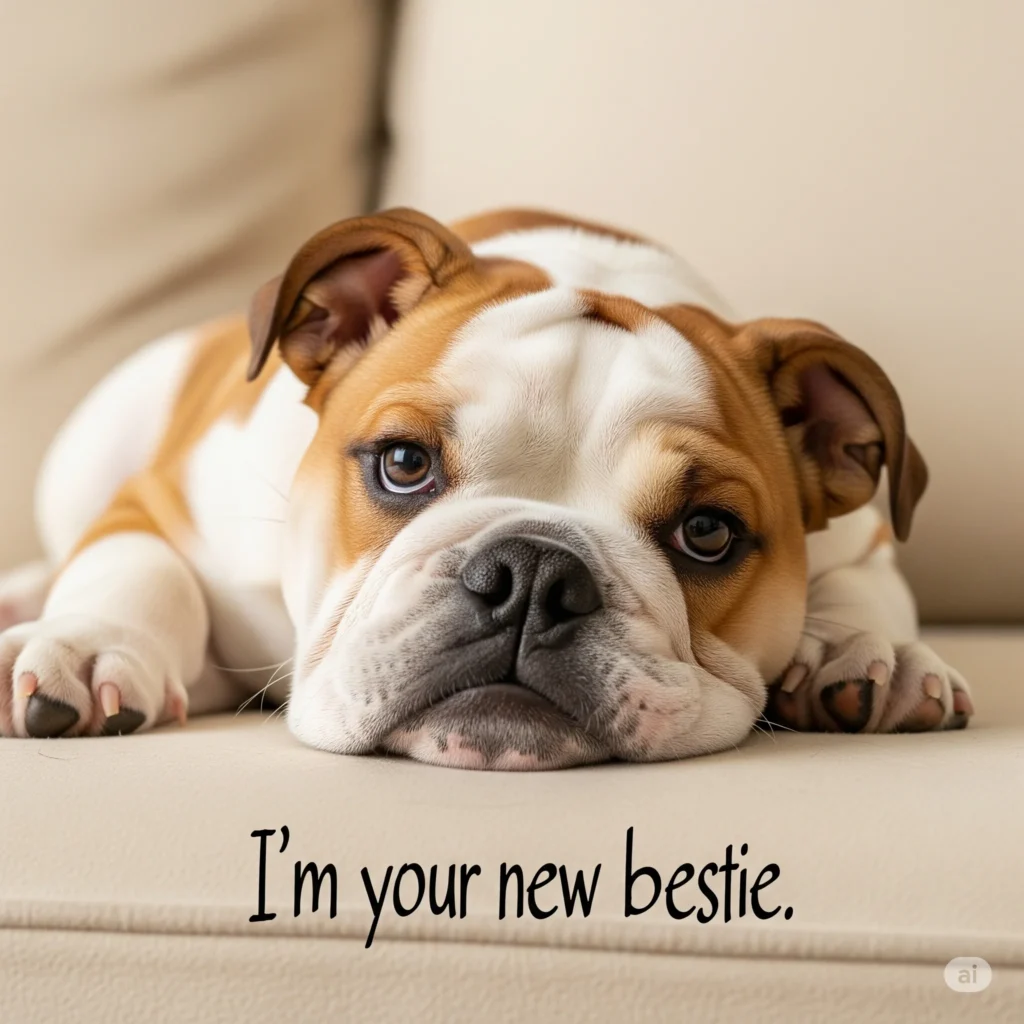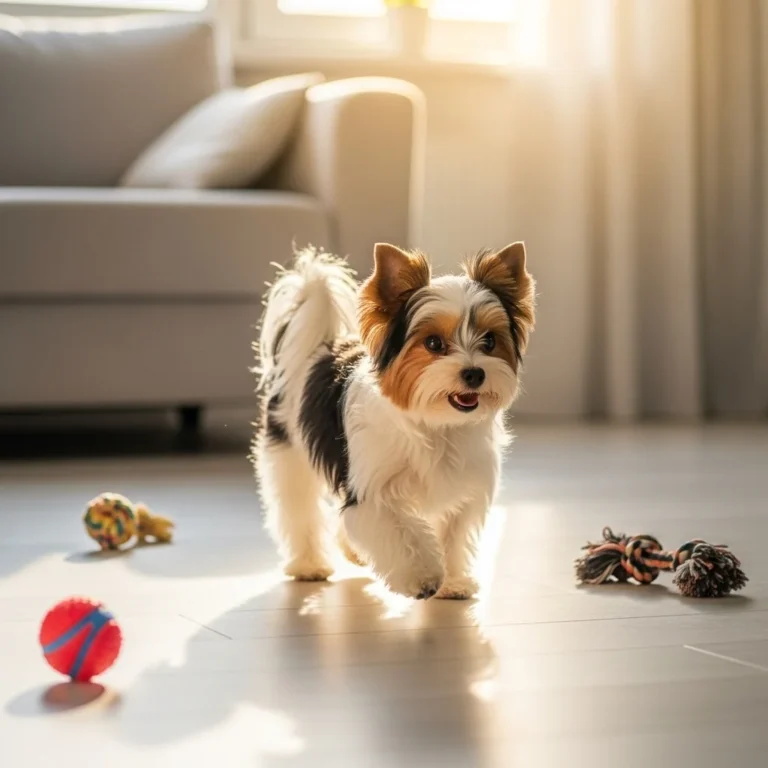
schnoodle dog
Paws up, pup parents! So, you’re scrolling through your feed, and you see it—a fluffy, curly-haired, impossibly cute dog with a beard that would make any hipster jealous. You think, “What IS that adorable creature?!” My friend, you’ve just had your first encounter with a Schnoodle. And let me tell you, as someone who’s been lucky enough to have one of these curly-haired companions trotting by my side for years, the hype is real.
I remember when I first brought my Schnoodle, Gizmo, home. He was a ball of wavy, apricot fluff with eyes that held a universe of mischief and intelligence. I thought I was just getting a dog; I had no idea I was getting a lifelong shadow, a personal comedian, and a furry genius who would constantly keep me on my toes. If you’re dreaming of a furry friend who’s equal parts brain, beauty, and boundless affection, you’re in the right place. Grab a pup-puccino and get comfy, because we’re about to dive snoot-first into everything that makes the Schnoodle so spectacular!
Understanding the Schnoodle Breed
What is a Schnoodle?
Okay, let’s start with the basics. What in the world is a Schnoodle? Imagine the best of both worlds: the spunk, loyalty, and that fabulous bearded snoot of a Schnauzer, combined with the brilliant, low-shedding, elegant charm of a Poodle. Put them in a blender, and voila! You get the Schnoodle. This isn’t just a random mix; it’s a thoughtfully designed crossbreed meant to capture the most paw-some traits from its parents. They’re not just dogs; they’re personality-packed, curly-coated companions ready to fill your life with joy, laughter, and probably a few stolen socks.
What breeds make up a Schnoodle?
The magic behind the Schnoodle comes from two absolutely iconic purebreds. It’s like a superstar collaboration!
- The Schnauzer: Whether it’s the feisty Miniature, the dignified Standard, or the majestic Giant, Schnauzers are the whole package. They’re known for their expressive eyebrows, fearless hearts, and a loyalty that runs deep. Originally bred in Germany as top-notch ratters and farm guards, they’re clever, energetic, and have a sense of humor all their own. They bring that robust health and keen mind straight to their Schnoodle pups.
- The Poodle: Now, let’s clear the air—Poodles are so much more than just a fancy haircut! Don’t let the show clips fool you; these dogs are brilliant, athletic swimmers originally bred for retrieving waterfowl. They come in Toy, Miniature, and Standard sizes and are famous for their hypoallergenic, non-shedding coats. Their intelligence is off the charts, and their playful, people-pleasing nature is a huge part of what makes the Schnoodle such a dream to train.
Mix these two together, and the size of your Schnoodle will depend on which parents were used—a Mini Schnauzer and a Mini Poodle give you a petite pal, while a Standard Poodle mix gives you a bigger buddy to love.
related: border collie poodle mix: Costs, Care, and Training
Are Schnoodles purebred or mixed breed dogs?
This is a super common question! Schnoodles are proudly mixed breed dogs, often falling into the “designer dog” category. Since they are a deliberate mix of two different purebreds, they aren’t recognized by the American Kennel Club (AKC) as a purebred breed. But honestly, who needs a piece of paper when you’ve got that much personality? Many fans of mixed breeds talk about “hybrid vigor,” which is the idea that crossing two different gene pools can lead to healthier pups. While it’s not a guarantee, the goal of a good Schnoodle breeder is always to blend the best of both worlds into one healthy, happy, and hilarious package.
What is the typical temperament of a Schnoodle?
If you’re looking for a dog with a BIG personality, you’ve hit the jackpot. A Schnoodle’s temperament is a delightful cocktail of its parents’ best traits. Get ready for a dog that is:
- Your Personal Shadow: Schnoodles are famously affectionate and loyal. They form deep, unbreakable bonds with their humans and want to be involved in everything you do. Working from home? You now have a permanent, furry foot warmer.
- A Clever Clogs: Thanks to that Poodle DNA, these are smart cookies! They learn new commands in a flash and love the mental challenge of puzzle toys and training sessions. A bored Schnoodle is a creative one, and you might not like their art projects (RIP, my favorite slippers).
- Playful & Bouncy: They have a wonderful, playful energy. They’re always up for a game of fetch in the yard or a brisk walk around the neighborhood, but they’re also total pros at couch cuddling.
- Your Little Watchdog: The Schnauzer in them means they are excellent alert systems. Doorbell? They’re on it. Squirrel in the yard? You’ll be the first to know. This can sometimes mean they have a tendency to bark, but with consistent training, you can manage those vocal opinions.
- A Social Butterfly (With a Little Help): With proper early socialization, most Schnoodles are friendly, outgoing, and get along wonderfully with other people and pets. Exposing them to the big, wide world when they’re young is the key to a confident, well-mannered adult dog.
Are Schnoodles good family dogs?
In a word: absolutely! Schnoodles are fantastic family dogs. Their loving and playful nature makes them brilliant companions for kids. They have enough energy to keep up with playtime in the backyard but are also gentle enough for quiet snuggles during story time. They truly see the whole family as their pack and will spread their love around equally.
Of course, it’s always important to teach both kids and puppies how to interact safely and respectfully. A well-socialized Schnoodle from a responsible breeder is likely to become the heart and soul of any loving family.
How big do Schnoodles get? (Size, Weight, Height)
Schnoodles come in a fantastic range of sizes, so there’s pretty much one for every lifestyle! It all comes down to the parents.
- Toy Schnoodle: (Think Toy Poodle + Miniature Schnauzer). These tiny treasures usually weigh 6-10 pounds and stand about 10-12 inches tall. Perfect for apartment life or lap-based careers.
- Miniature Schnoodle: (Typically Miniature Poodle + Miniature Schnauzer). This is a super popular size! They generally weigh 12-20 pounds and stand 12-15 inches tall. A perfect, portable size.
- Standard Schnoodle: (The big guys! Standard Poodle + Standard Schnauzer). These gentle giants can range from 20-75 pounds and stand 15-26 inches tall. They need a bit more space but offer even more to love!
Remember, even within one litter, there can be some size variation. A good breeder will give you the best estimate based on the parent dogs’ sizes.
What is the average lifespan of a Schnoodle?
One of the biggest blessings of sharing your life with a Schnoodle is their potential for a long, healthy life. On average, you can expect your furry friend to be by your side for 10 to 16 wonderful years. Generally, the smaller Schnoodles tend to live a bit longer than the larger ones. The recipe for a long life? Top-notch nutrition, plenty of exercise, regular vet check-ups, and, of course, an abundance of love and belly rubs.
Do Schnoodles bark a lot?
Let’s have a real, paws-on-the-ground chat about this. The Schnauzer side of the family is a vocal bunch! They were bred to alert, and boy, do they take that job seriously. So yes, your Schnoodle will likely let you know about the mailman, a leaf blowing past the window, or a suspicious-looking cloud.
But here’s the good news: this doesn’t have to mean a noisy home. “A lot” is totally manageable. A tired Schnoodle (both mentally and physically) is a quieter Schnoodle. Consistent training using positive reinforcement to teach a “quiet” command can work wonders. If you start young and are patient, you can help your pup understand when it’s time to sound the alarm and when it’s time to chill.
Schnoodle Care and Maintenance
Do Schnoodles shed? Are they hypoallergenic?
This is the million-dollar question, and it’s where the Poodle parent really struts its stuff! Schnoodles are widely known as low-shedding dogs. Now, a quick science note: no dog is 100% hypoallergenic, as people are usually allergic to dander and saliva, not just hair. But because Schnoodles have a coat that traps that dander instead of sending it flying all over your house, they are a fantastic choice for many allergy sufferers.
The curlier the coat, the more Poodle-like and low-shedding it tends to be. If you have severe allergies, it’s always a great idea to spend some time with a Schnoodle before bringing one home to see how you react.
How much grooming do Schnoodles require?
Okay, let’s talk grooming. That beautiful, low-shedding coat doesn’t come for free—it requires a commitment from you. But think of it as bonding time! Here’s the lowdown:
- Brushing is Non-Negotiable: To prevent tangles and painful mats, you’ll want to brush your Schnoodle every other day, if not daily. A slicker brush and a metal comb will be your new best friends.
- Call in the Pros: Most Schnoodle parents take their pup to a professional groomer every 6-8 weeks for a trim, bath, and tidy-up. You can certainly learn some basic grooming skills, but having a pro on speed dial is a lifesaver.
- Bath Time: You don’t need to bathe them too often, but when they get dirty or start to smell a little… doggy, a bath with a gentle, dog-specific shampoo will do the trick.
- Nail Care: Get those nails trimmed every 3-4 weeks. Long nails are uncomfortable and can cause problems with their gait.
- Ear Checks: Those adorable floppy ears can trap moisture, so make it a weekly habit to peek inside and gently clean them with a vet-approved solution.
Starting a gentle grooming routine when they’re a tiny puppy will make your life so much easier down the road!
What kind of coat does a Schnoodle have?
The Schnoodle coat is a fun surprise! It can really vary, even within the same litter. You might get:
- The Soft & Wavy: A lovely, shaggy coat that’s a perfect blend of Schnauzer and Poodle. It’s super soft and has that adorable, slightly messy look.
- The Tight Curls: This one is all Poodle! Super curly and fantastic for allergies, but it requires the most diligent brushing to stay mat-free.
- The Wiry Wonder: Leaning more towards the Schnauzer, this coat is a bit more coarse and might shed a tiny bit more.
Their colors are a rainbow of possibilities too—solid black, white, silver, apricot, cream, or a beautiful mix of two or more colors (called parti-colored). No matter the type, you’re guaranteed a cuddly, soft-to-the-touch coat.
How much exercise does a Schnoodle need?
Schnoodles have a lovely, moderate energy level. They need their daily zoomies, but they aren’t canine athletes that need to run for hours.
- Daily Adventures: Aim for 30 to 60 minutes of activity total each day. This could be two nice walks, a romp at the dog park, or a vigorous game of fetch.
- Brain Games: This is crucial! A tired body is good, but a tired mind is even better. Teach them a new trick, give them a food puzzle, or set up a mini-obstacle course in your living room. A mentally stimulated Schnoodle is a happy (and well-behaved) Schnoodle.
If they don’t get enough exercise and mental fun, they might just invent their own… and you might not approve of their creative choices (like redecorating your couch pillows).
What are the common health issues in Schnoodles?
While generally a hearty and healthy bunch, it’s wise to be aware of some conditions they can be prone to, inherited from their parent breeds. Knowing what to look for helps you and your vet stay proactive.
- Patellar Luxation: This is when the kneecap slips out of place. It’s pretty common in smaller dogs.
- Hip & Elbow Dysplasia: A malformation of the joints, this is something to watch for in the larger Standard Schnoodles.
- Eye Conditions: Keep an eye on their peepers! They can be prone to Progressive Retinal Atrophy (PRA), cataracts, and glaucoma.
- Skin Allergies: Some Schnoodles can have sensitive skin, leading to itching or hot spots.
- Dental Issues: Like many small breeds, they can be prone to dental problems, so regular brushing and dental chews are a must.
A fantastic, responsible breeder will have done health testing on the parent dogs to screen for these genetic issues. Always, always ask to see those health clearances!
What is the best diet for a Schnoodle?
Fueling your Schnoodle with the right food is one of the most important things you can do for their health! The “best” diet depends on their age, size, and activity level.
- Quality is Key: Look for a high-quality commercial dog food where a real meat (like chicken or salmon) is the first ingredient. Steer clear of foods full of anonymous by-products and fillers.
- Watch the Portions: It’s so easy to over-treat our furry friends! Follow the guidelines on the bag and adjust based on your dog’s weight and body condition. A lean dog is a healthy dog.
- Hydration Station: Always, always have fresh, clean water available.
- Talk to Your Vet: Your veterinarian is your ultimate partner here. They can recommend specific brands or formulas, especially if your Schnoodle has allergies or a sensitive stomach.
Are Schnoodles easy to train?
Get ready for some good news! Schnoodles are typically a joy to train. Their Poodle brains are wired to learn, and their desire to please their humans makes them incredibly responsive students.
- Start Early: The day you bring your puppy home is the day training begins! Even simple things like learning their name and potty training are the first steps.
- Positive Vibes Only: Use treats, praise, and play as rewards. They thrive on positive reinforcement and will work hard to make you happy.
- Keep it Fun & Short: Their attention spans are good, but keep sessions brief and fun to keep them engaged.
- Socialize, Socialize, Socialize: Expose your puppy to all sorts of people, places, sounds, and other (friendly, vaccinated) dogs. This is non-negotiable for raising a well-adjusted, confident dog.
Enrolling in a local puppy kindergarten class is a pawsome idea—it’s great for training and socialization all in one!
Do Schnoodles tolerate being left alone?
Schnoodles are companion dogs at heart. They LOVE their people. While they can learn to handle being alone for reasonable stretches (like a typical workday), they are prone to separation anxiety if not prepared for it properly.
- Build Up Slowly: Don’t just leave for 8 hours on day one. Start with short trips to the grocery store and gradually increase the time you’re away.
- The Magic of Puzzle Toys: A Kong stuffed with peanut butter or a tricky puzzle toy can make your departure something they almost look forward to!
- A Tired Dog is a Happy Dog: A good walk or play session before you leave will help them settle down and nap while you’re gone.
- Create a Cozy Den: A crate or a comfy bed in a safe space can become their security blanket.
If your Schnoodle shows signs of severe distress when left alone (non-stop barking, destructive chewing, accidents), it’s time to call in a professional dog trainer or behaviorist for help.
Bringing a Schnoodle Home
How much does a Schnoodle puppy cost?
Let’s talk numbers. A Schnoodle puppy from a reputable, ethical breeder typically costs between $1,500 to $3,500. The price can vary based on the breeder’s location, the puppy’s size, colors, and the health testing they’ve done on the parents.
Remember, the puppy’s price tag is just the beginning. You need to budget for all the startup costs (crate, bed, toys, vet visits) and the ongoing lifetime costs of food, grooming, and healthcare. Don’t forget the wonderful option of adoption! Rescue organizations often have Schnoodles and Schnoodle mixes looking for their forever homes, with adoption fees usually ranging from $300 to $600.
Where can I find a reputable Schnoodle breeder?
Finding the right breeder is the single most important step in your journey. Steer clear of puppy mills and pet stores! A good breeder is a partner for life.
- They Welcome You: They will insist you visit their home, meet the puppy parents, and see where the puppies are raised.
- Health is Their Priority: They will proudly show you the health clearances for both the Poodle and Schnauzer parents, proving they’ve been tested for genetic diseases.
- They Ask YOU Questions: They will grill you about your home, your lifestyle, and your plans for the puppy. They want to ensure their pups are going to the best possible homes.
- They Have a Contract: A good breeder provides a clear contract that outlines their responsibilities and yours, including a health guarantee.
- They are a Resource: They will be there to answer your questions long after you’ve driven away with your new puppy.
Should I get a male or female Schnoodle?
Honestly, this one comes down to personal preference. I’ve known wonderful boys and fabulous girls. The differences in temperament based solely on gender are usually minimal and often outweighed by their individual personality.
- Males: Can be a little more overtly goofy and rambunctious as puppies. Neutering will help curb any territorial marking or roaming instincts.
- Females: Can sometimes mature a tad faster. Spaying will prevent heat cycles and any associated mess or behavioral changes.
My best advice? Spend time with the litter and let the puppy choose you. The one that waddles over and falls asleep in your lap is probably your soul-pup, regardless of gender.
What should I look for in a Schnoodle puppy?
When you finally get to meet that litter of wiggly, fluffy babies, it’s easy to get overwhelmed by the cuteness! Here’s what to keep an eye out for:
- Bright Eyes & Clean Ears: They should look bright, clear, and healthy, with no gunk or redness.
- Curious & Playful: Look for pups that are interested in their surroundings and want to interact with you. Avoid the one hiding in the corner or the one that seems overly lethargic.
- A Clean, Happy Home: The environment should be clean, the momma dog should look healthy and well-cared-for, and the puppies should be plump and playful.
- The Right Vibe: Trust your gut! You should feel good about the breeder and the puppy you choose. This is the start of a 10+ year relationship!
Living with a Schnoodle
Do Schnoodles get along with other pets?
In most cases, yes! Schnoodles are typically social butterflies and can become the best of friends with other dogs and even cats, especially if they are raised together.
- Slow & Steady Introductions: Don’t just throw them together and hope for the best. Introduce new pets slowly and in a controlled, neutral space.
- Supervision is Key: Always supervise playtime until you’re 100% confident they get along.
- Respect Their Space: Make sure every pet has their own bed, food bowl, and quiet space to retreat to if they need a break.
With patience and proper introductions, your Schnoodle will likely be thrilled to have a furry sibling.
Are Schnoodles good for first-time dog owners?
Pawsitive yes! Schnoodles are a brilliant choice for first-time dog owners. Their intelligence makes them easier to train, and their size is manageable. Their affectionate nature provides an incredibly rewarding experience for someone new to the world of dog parenting.
Just remember, “easier” doesn’t mean “no work.” You still need to be committed to their training, exercise, and grooming needs. But if you are, a Schnoodle will reward you with a lifetime of loyalty and love, making you feel like a dog-training pro in no time.
Do Schnoodles like to swim?
Many of them do! That Poodle heritage as water retrievers runs deep. You might be surprised to see your dog schnoodle take to water like a little duck.
- Let Them Decide: Never force a dog into the water. Introduce them gently to shallow water and let them explore at their own pace.
- Safety First: Always supervise them around pools, lakes, or the ocean. A doggy life vest is a fantastic investment for boat trips or unsure swimmers.
- Post-Swim Spa Day: Always rinse their coat with fresh water after a swim to get rid of chlorine, salt, or lake bacteria, which can dry out their skin and cause mats.
Watching your curly-coated companion paddle around with a big, happy grin is one of the true joys of being a schnoodle dogs parent.
So, there you have it! The schnoodle dog breeds isn’t just a mix of two breeds; it’s a perfect storm of intelligence, affection, and comedic timing, all wrapped up in a low-shedding, cuddly package. They fill your home with life, your heart with joy, and your camera roll with enough adorable photos to break the internet. If you’re ready for a loyal, smart, and endlessly entertaining best friend, your perfect schnoodle dog breed is out there waiting for you. Trust me, your life is about to get a whole lot brighter.
please leave comment
you may like it





sources
- https://dogtime.com/dog-breeds/schnoodle (DogTime)
- https://www.petmd.com/dog/breeds/schnoodle (PetMD)
- https://www.purina.co.uk/find-a-pet/dog-breeds/schnoodle (Purina)
- https://embarkvet.com/resources/dog-breeds/schnoodle/ (Embarkvet)
- https://spiritdogtraining.com/schnoodle-facts/ (spiritdogtraining.com)
- https://www.dailypaws.com/dogs-puppies/dog-breeds/schnoodle (dailypaws.com)

